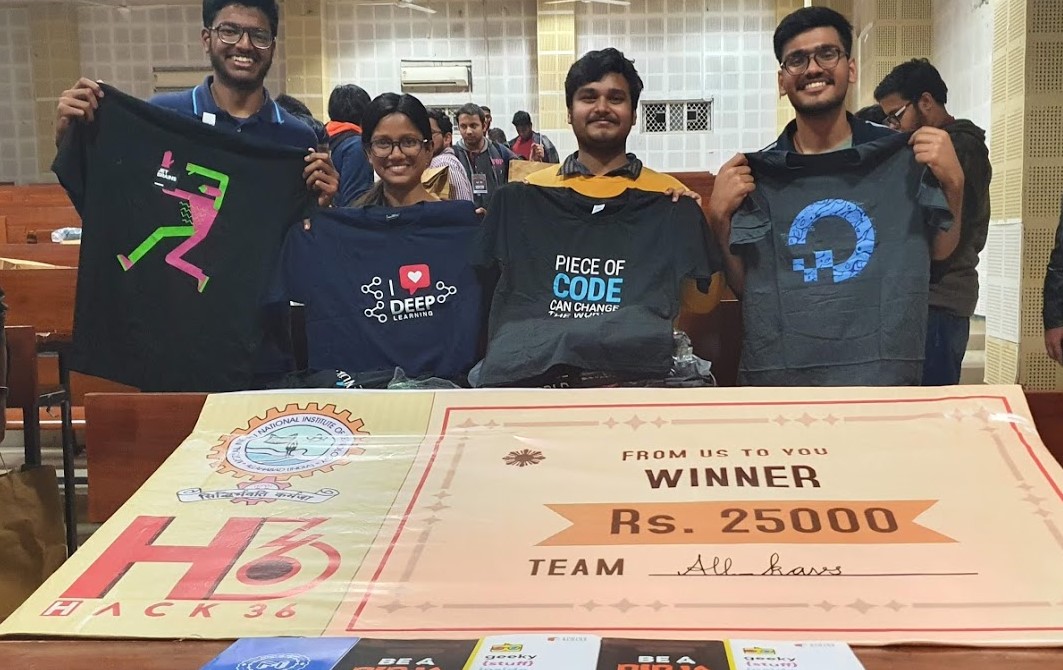Winning project at Hack-36 organised by NIT Allahabad.
A platform that would help doctors in assessing the growth and improvement of their patients suffering from mental disorders like ADHD by running a set of research-backed cognitive tests, rendering meaningful statistics and data.
Attention Deficit Hyperactivity Disorder (ADHD) is one of the most common disorders of childhood, affecting 3–10% of school-age children (Goldman et al. 1998; Burd et al. 2003; Faraone et al. 2003; Ford et al. 2003). It is characterized by age-inappropriate levels of inattention, impulsivity and overactivity.
In cognitive studies that have used careful control conditions, children with ADHD often perform poorly across tasks measuring abilities such as reaction time, eye coordination, stimuli response and irregular eye blinks while anticipating visual stimuli sustained attention. (e.g. Mason et al. 2003, 2005; Berwid et al. 2005; Drechsler et al. 2005).
It usually begins in childhood and can persist into adulthood. Treatment can help, but this condition is incurable. The treatment includes a rigorous series of medical tests and analysis. Our idea aims at making this laborious testing part easier for a doctor, by giving them an outlook of their patient’s improvement, in an interactive graphical format.
Our end product will be a package, with a set of four tasks which will help the doctors in analyzing the improvement of ADHD patients over a period of time.
-
Reaction time counter - Variation in reaction timing of ADHD patients is much more turbulent as compared to that of a normal being.
-
Variation in reaction time with variation in number of stimuli point - The reaction time to the number of stimuli point produces a linear regression for normal people which is not true for ADHD patients.
-
Eye gaze direction estimator given a series of path – ADHD patients show longer fixation duration and more atypical eye movements as compared to Control children.
-
Blink frequency counter- ADHD subjects fail to suppress eye blinks anticipating visual stimuli but recover with medication.
The result of these four tasks will be visualized using proper plots, graphs and percentages. This final result will be stored in our database and using this the doctors can easily find the relative improvement of their ADHD patients over a period of time.
Another part of our idea revolves around the storage of medical reports and documents of patients on the cloud securely (accessible only by medical authorities and patients themselves), which would solve the nefarious problem of absent medical records. Thus, replacing the conventional paper and hardcopy-based recording system.
The reaction tester can be found at https://vaibhavrajsingh2001.github.io/reaction.io/
The working video is available at https://www.youtube.com/watch?v=ZHkG9nMG6C4&t=2s
The descriptive idea and related details can be accessed here
